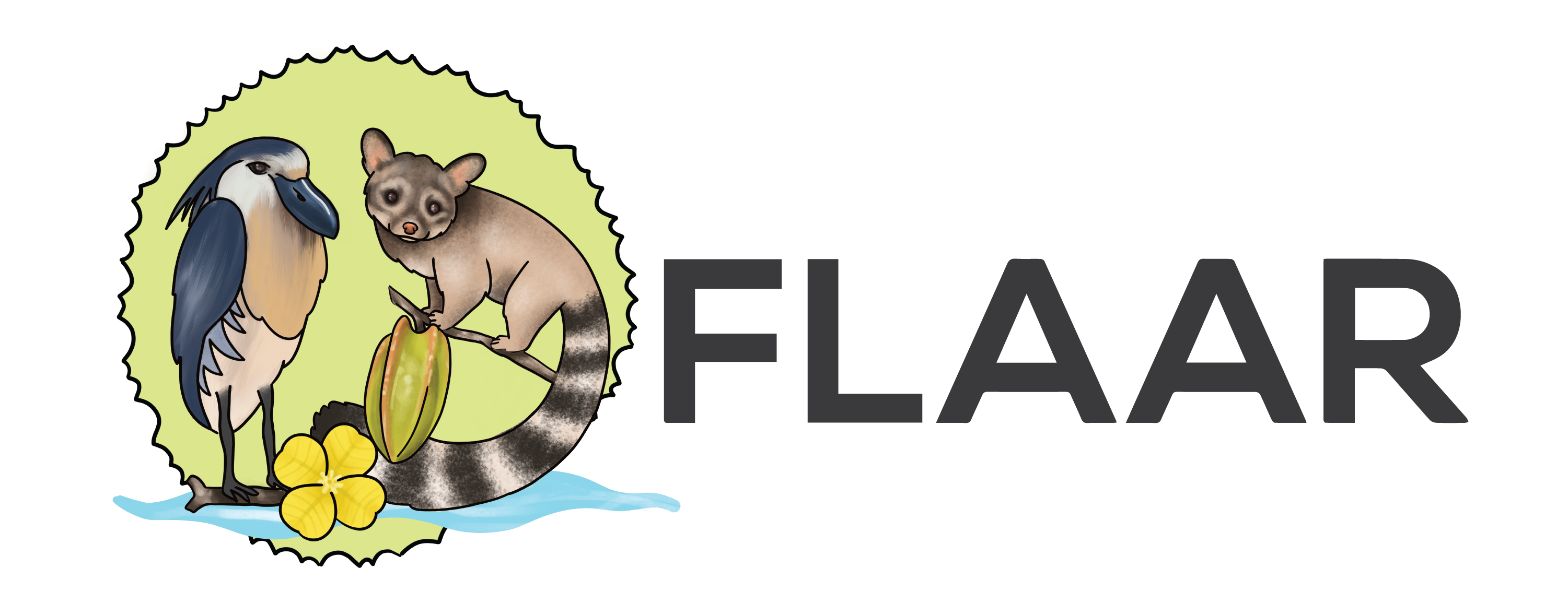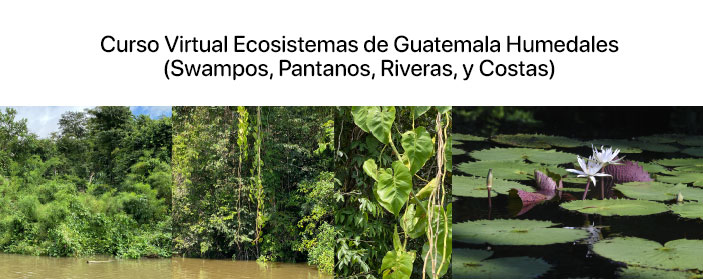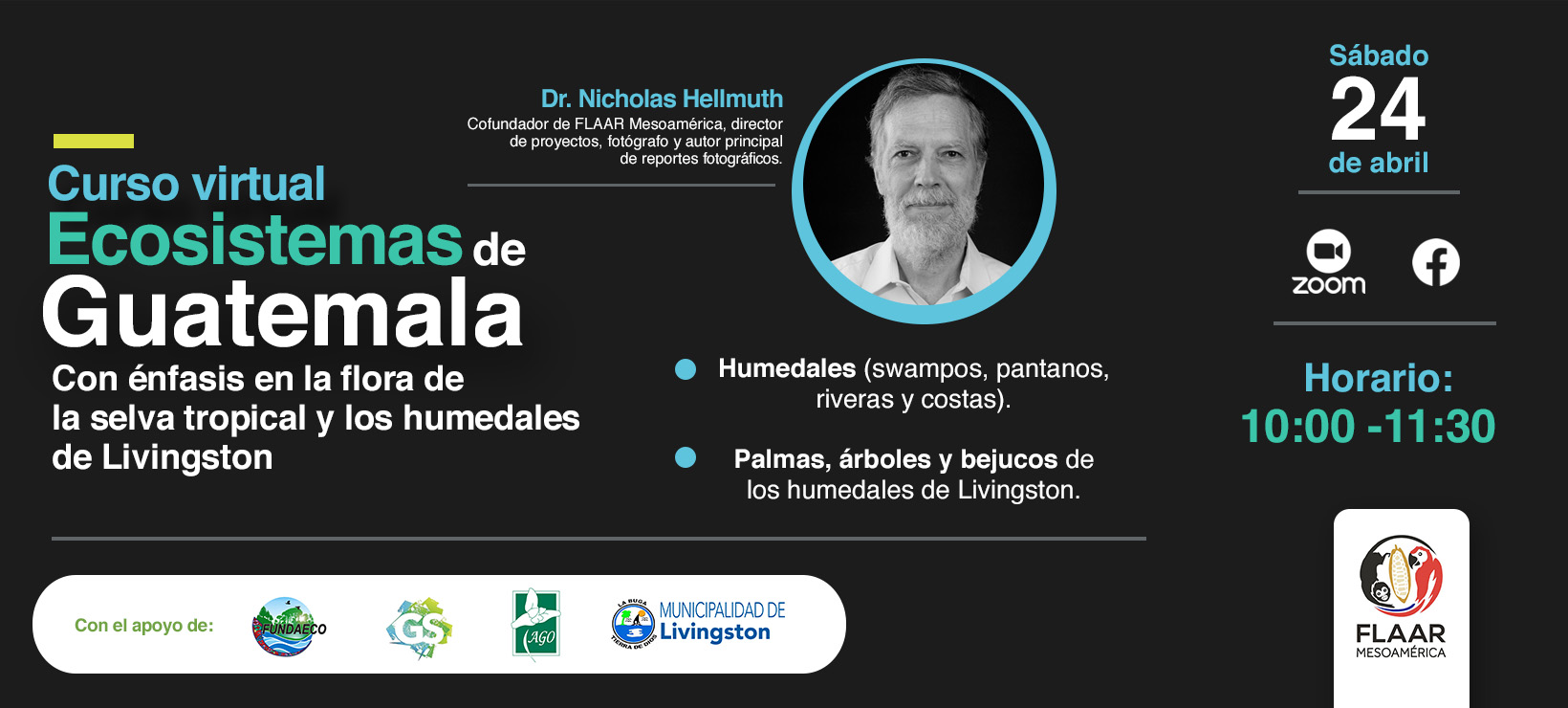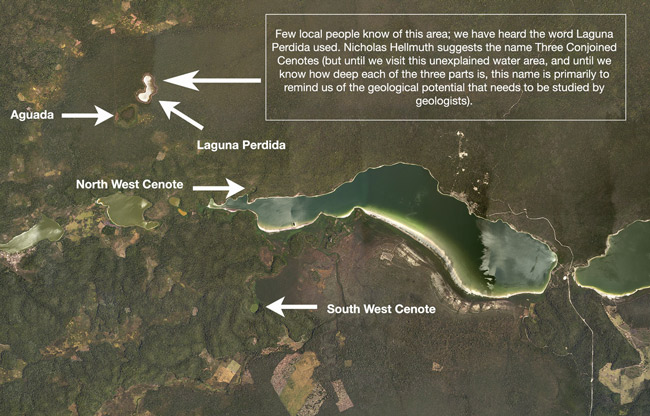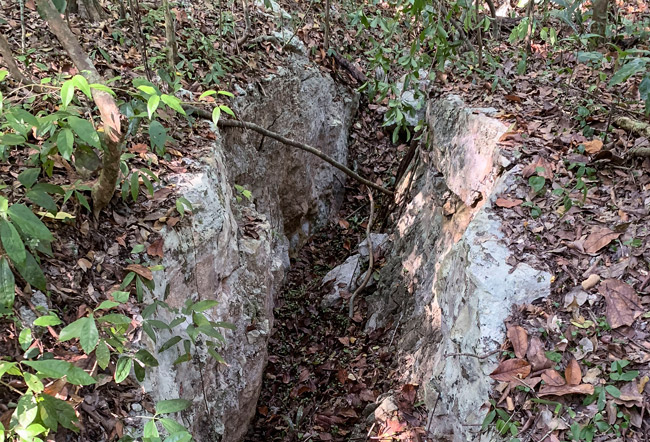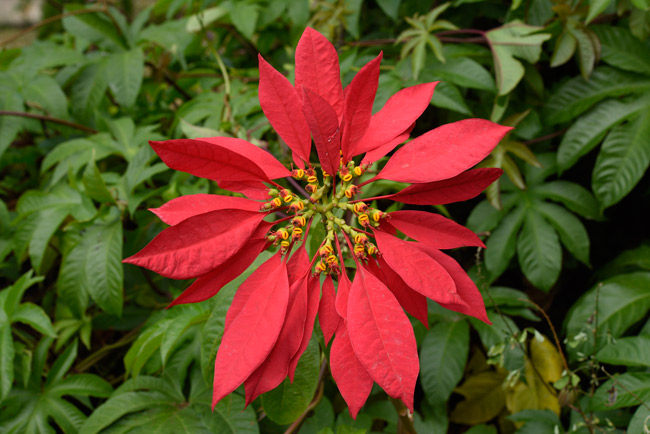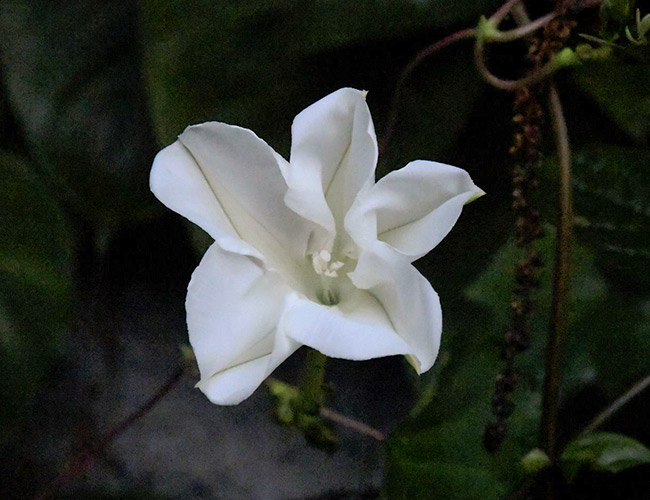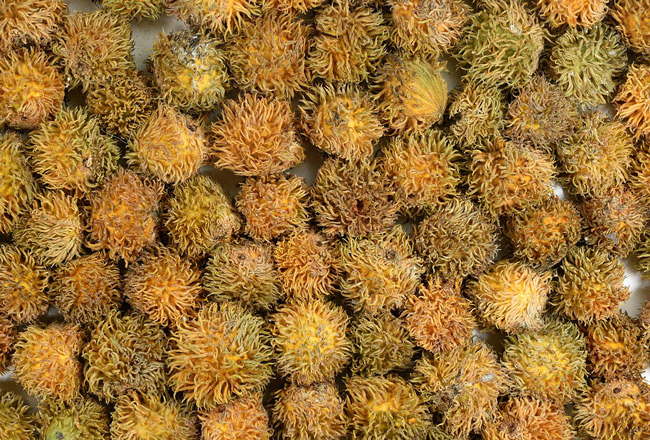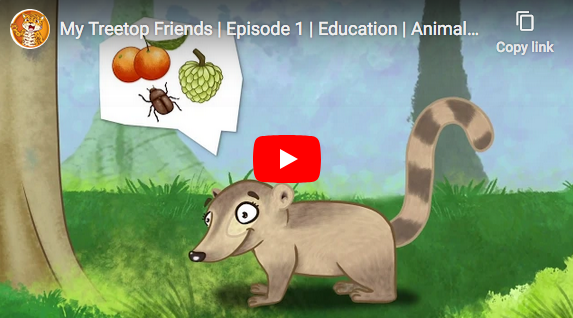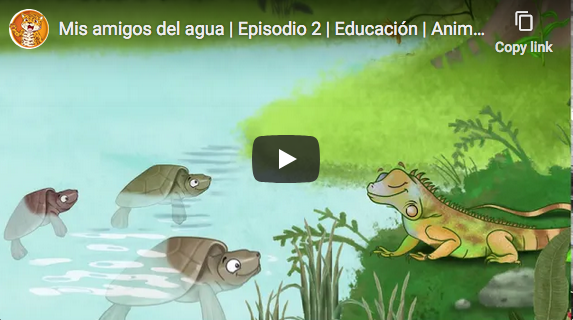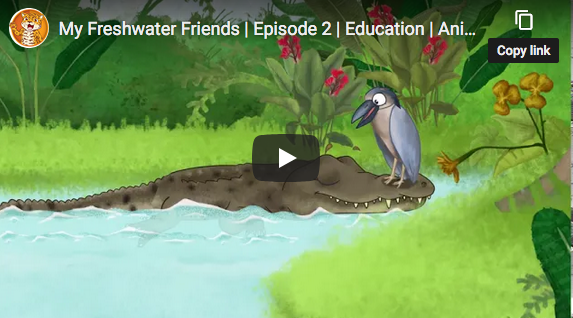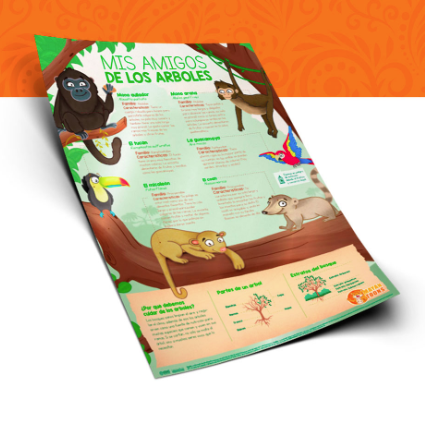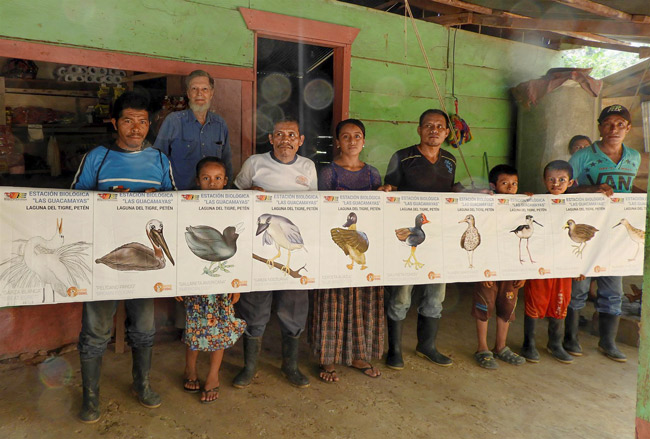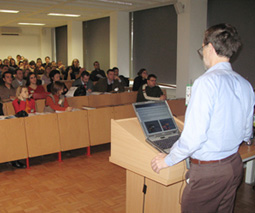Posted October 4, 2021
We have lots of new projects in flora, fauna, and ecosystems that we will be announcing in October. We have been so busy out in remote areas of Izabal and deeper into the rain forests of Peten that we have not had time to post much recently. But all 33 employees of FLAAR Mesoamerica are working on the diverse projects of FLAAR.
Today we wish to post the emotional video of “Dr Nicholas” (Hellmuth) as he sees for the first time a remote grassland savanna surrounded by rain forests in the Reserva de la Biosfera Maya. We were awarded a 5-year project permit for this area earlier this year.
We have also made advances in our flora, fauna, and wetlands ecology research in Parque Nacional Yaxha, Nakum and Naranjo. All these projects are occupying our full team, so we are phasing out our 20+ years of wide-format inkjet printer research and publications so that all the teams can focus on biodiverse wetlands surrounded by the rain forests, and all the remarkable endangered plants and creatures that roam around or fly around these areas that need conservation.
Posted September 22, 2021
We have been deep in the swamps, marshes, rivers and lakes of the Municipio de Livingston, Izabal, Guatemala one week every month. Plus we are accomplishing field work on ecology, ethnobotany, and zoology in the Reserva de la Biosfera Maya also one week every month. So we have not posted news since April because we are so focused on our field work.
During recent months we have dedicated our time and resources for field work in remote rain forest areas of Guatemala to find savannas via satellite photos and then figuring out how to hike to these far-away never-before-studied biodiverse ecosystems. But when you work in remote areas you see why no intelligent professor tries to study these far away locations. We have added a new page to show one aspect of the hardships faced.
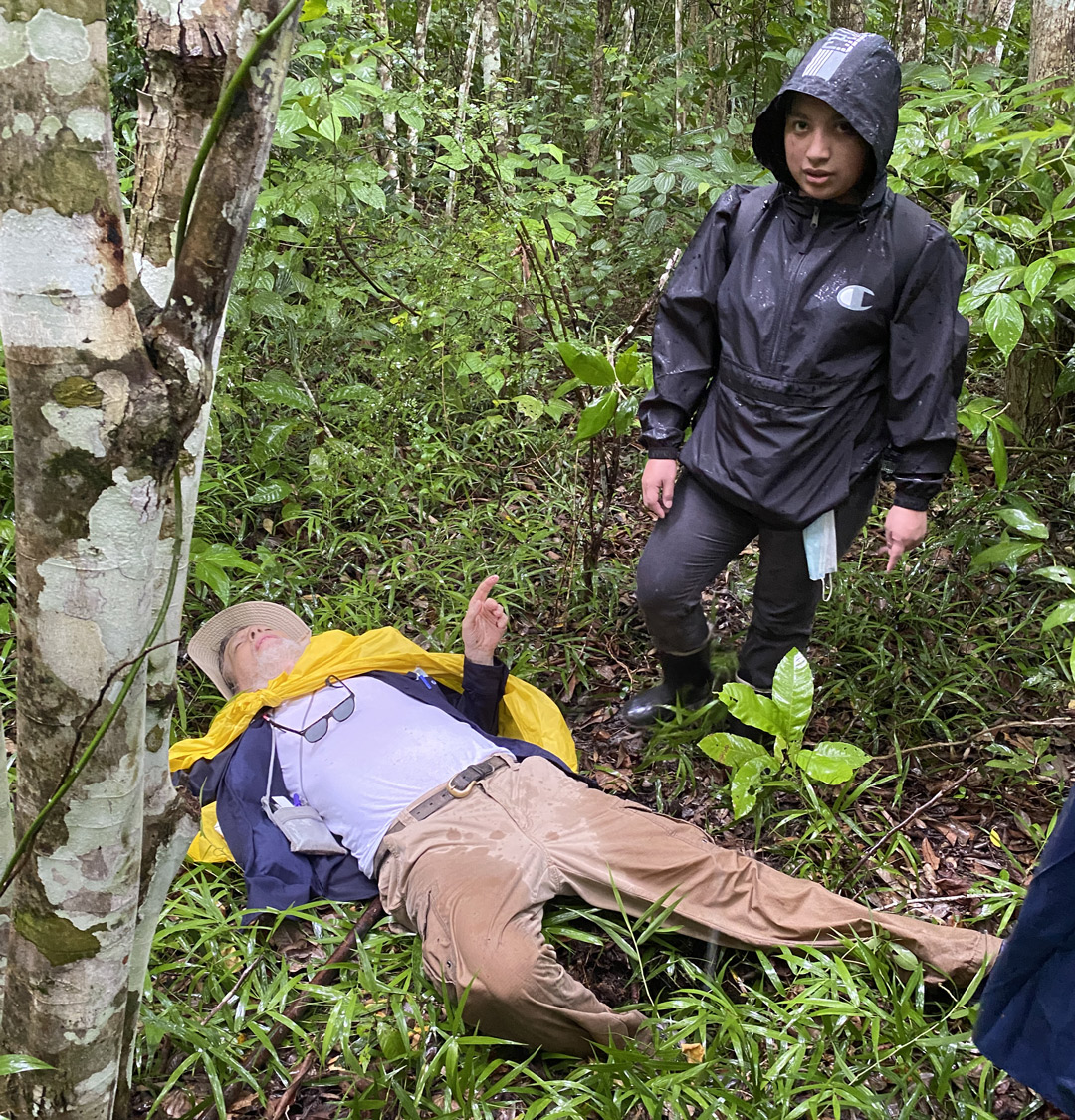
My foot went into a hollow depression left by large palm trees; when they die naturally then the trunk rots all the way underground (to where the roots are, far below the surface). So these open holes are often in the trail as we hike (up to 18 kilometers each day). When you are hiking fast, if one leg goes down into the hole your entire body is thrown flat on the ground within a second.
But I was helped up, and I hiked the remaining many miles back to our base camp.
This is one reason intelligent professors don't hike to these remote wetlands ecosystems in far-away parts of the rain forests.
Posted April 20, 2021
This presentation will be in Spanish starting 10 am this Saturday, 24 April.
Though obviously nothing is there until Saturday morning. If you wish to be on our mailing list, please write us FrontDesk at FLAAR.org
Posted April 5, 2021
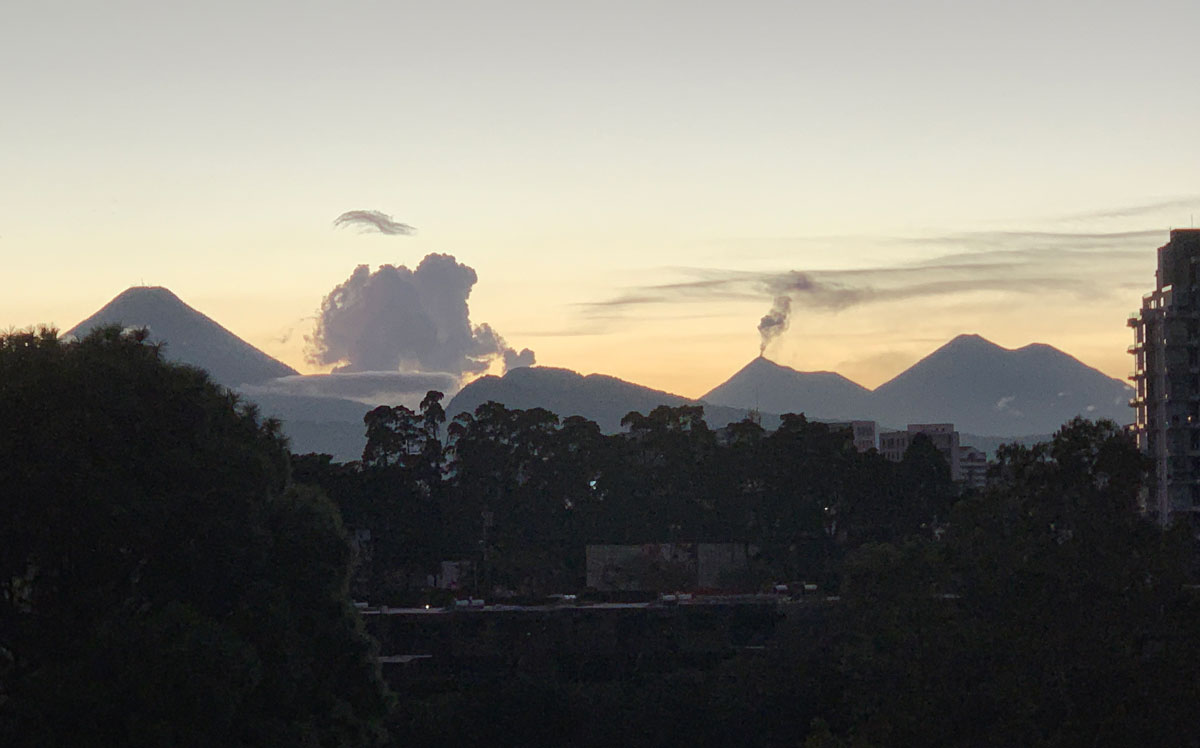
This is the view from my research office window in Guatemala, Central America. Can't see Pacaya Volcano (it's hidden by mountains at the left) but we can see lots of other volcanos (including when they erupt). Have a bit of black volcanic dust on everything last week due to Pacaya erupting.
Posted January 12, 2021
While in Parque Nacional Yaxha, Nakum, and Naranjo in 2018-2019 we found two remarkably biodiverse ecosystems filled with plants I have never seen elsewhere in this park nor in adjacent Tikal park. These unexpected plants were surrounding aguadas and in two very different seasonally inundated savannas: Savanna East of Nakum and Savanna of 3 Fern Species. Courtesy of the cooperation of the Naranjo sector team (Arqueologa Vilma Fialko, Arquitecto Raul Noriega, and mapping specialist Horacio Palacios we noticed and documented there was actually a short savanna between the end of Bajo La Pita (a typical Peten tintal) and the beginning of the cibal (sawgrass) and then jimbal (thousands of native Guadua longifolia thorny bamboo) before the hillside forest at the north and corozera area at the northeast (all of this is at the immediate edge of the acropolises and raised plazas of Naranjo- Sa’al).
Then in 2020, the team of cooperation and coordination of the Municipio of Livingston had learned of our interests and abilities to explore remote areas to document plants and trees not noted by botanists in these specific locations. So the Muni Livingston invited us to bring our field photography teams and equipment and we began with a field trip in February 2020 and March 2020. Then COVID hit, but Livingston did not get seriously infected so we were asked to return in October, November, and December. With the assistance of local Q’eqchi’ Mayan guides and the local Garifuna families we found plants I had never heard of during my over a half-century in Mesoamerica: lots of cauliflorous tree species on moist hillsides and three species of edible plants in swamps and marshes. Plus several species of trees produced edible fruits or seeds for the Classic Maya thousands of years ago.
This project coordinated with Alcalde Daniel Pinto (Municipio de Livingston) for the flora and fauna is for 8 days field work each month for all 12 months of year 2021, so we look forward to providing the local people and the world, documentation on the waterbirds, pollinators, and other fauna (such as manatee) and all the flora including liverworts, hornworts, mosses, fungi and lichens in addition to plants edible and used by the Classic Maya in the past. Our www.maya-ethnobotany.org and www.maya-ethnozoology.org show flora and fauna. Our www.maya-archaeology.org features the plants we are finding that are missing from books and articles on food of the ancient Maya. www.digital-photography.org shares with you tips on which digital photography equipment is best for recording flora and fauna. Our social media is via FLAAR Mesoamerica and MayanToons for our programs of education for school children.
Posted December 23, 2020
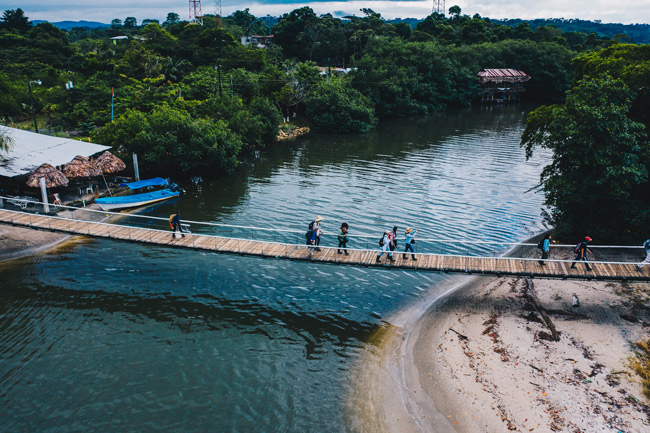
The FLAAR Mesoamerica team hiking across the hammock bridge over the end of Rio Quehueche (as it flows into Amatique Bay, northeast side of town of Livingston, Izabal, Guatemala).
We hiked for many kilometers along the beach since several kinds of palms and Crescentia-related plants grow only along the Caribbean coast (of Izabal, Belize to the north and Honduras to the southeast).
This photograph is taken by Haniel, the licensed drone pilot of our licensed drone. We are donating all our aerial photos to CONAP and the Municipio de Livingston when the photos are processed and cataloged. These photos are intended to be available to INGUAT, to local students and professors, etc.
Posted December 20, 2020
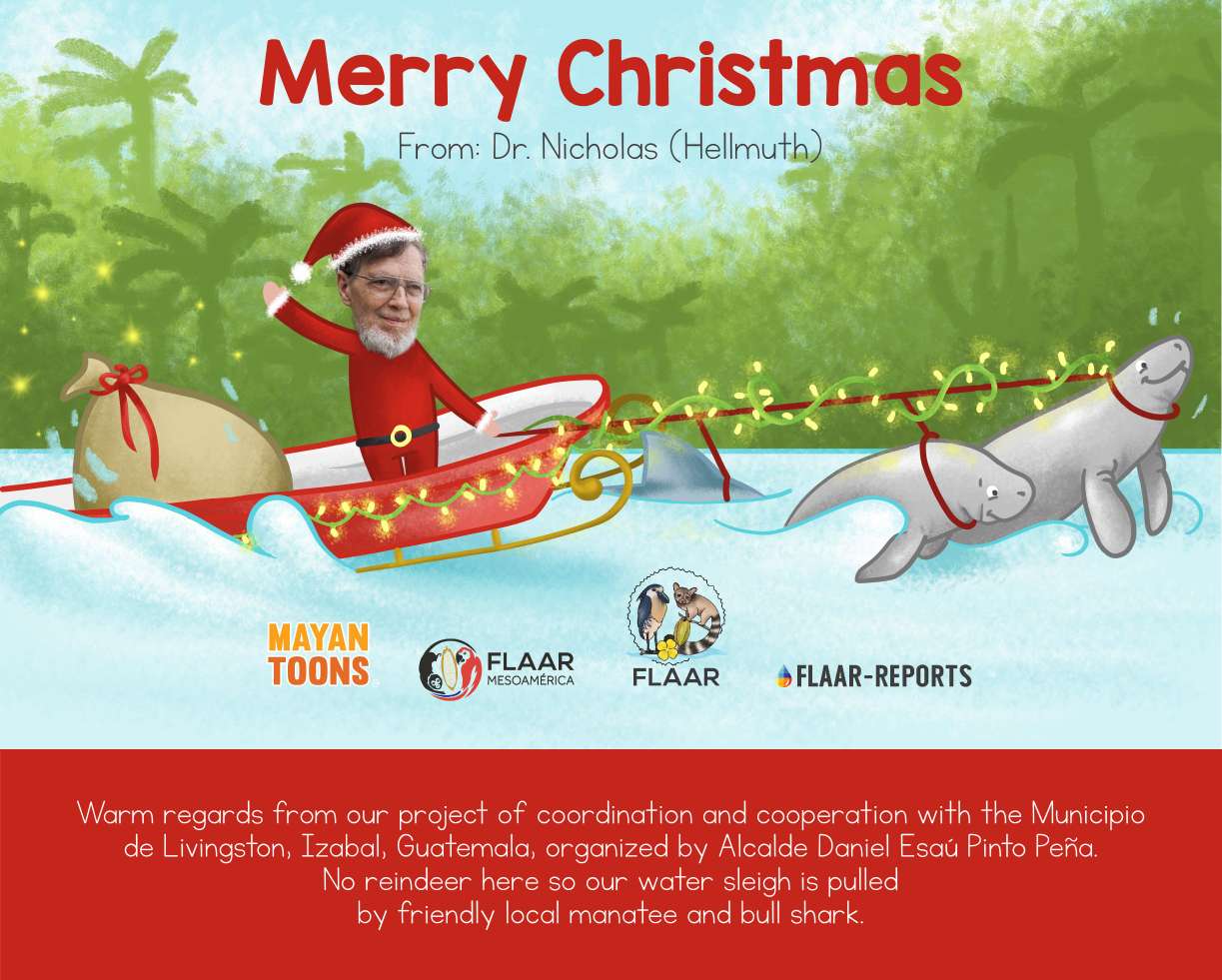
Happy Holidays! Our very best wishes to you this festive season. May 2021 bring you peace, joy and prosperity. From all staff members of FLAAR Mesoamerica.
